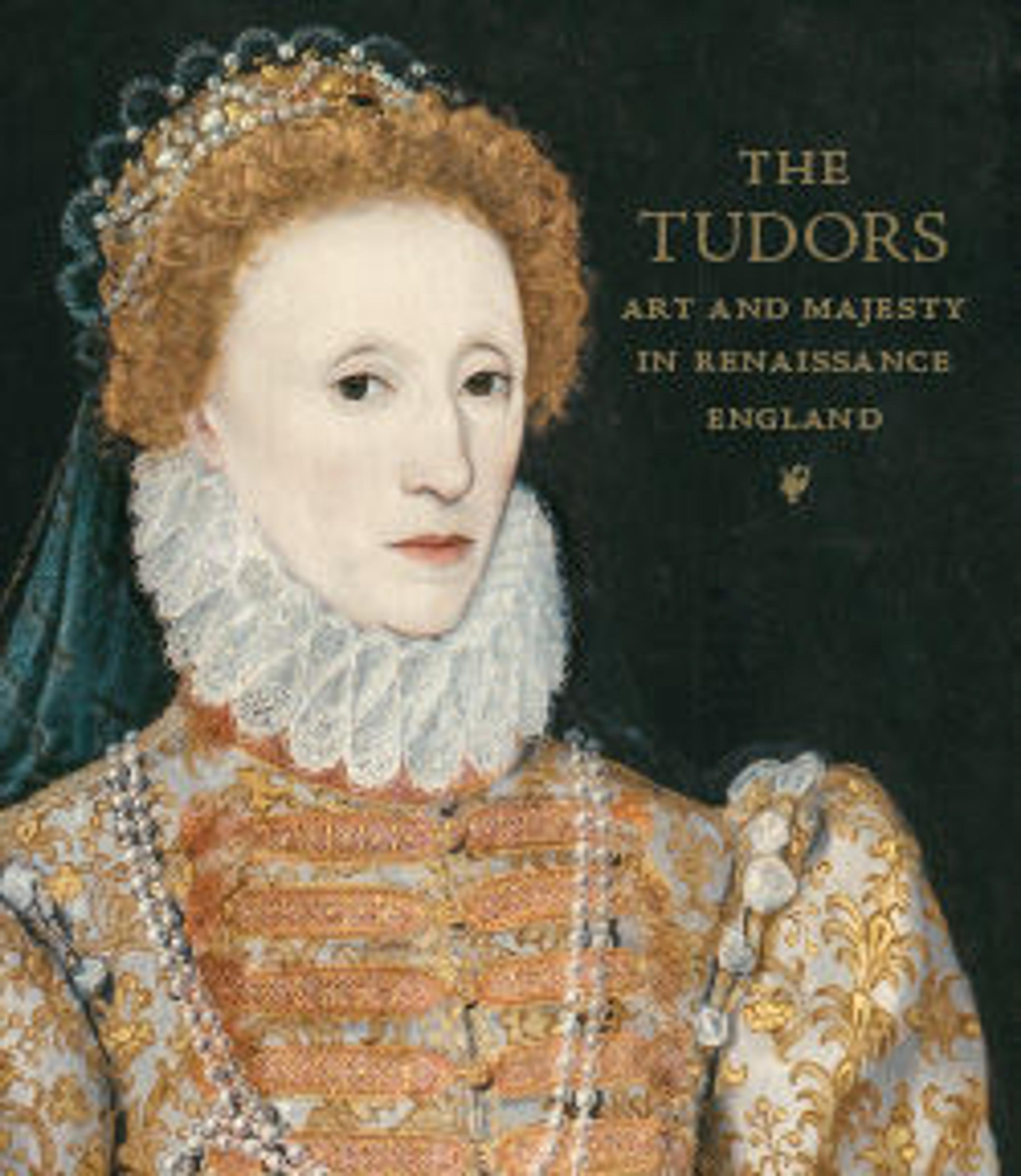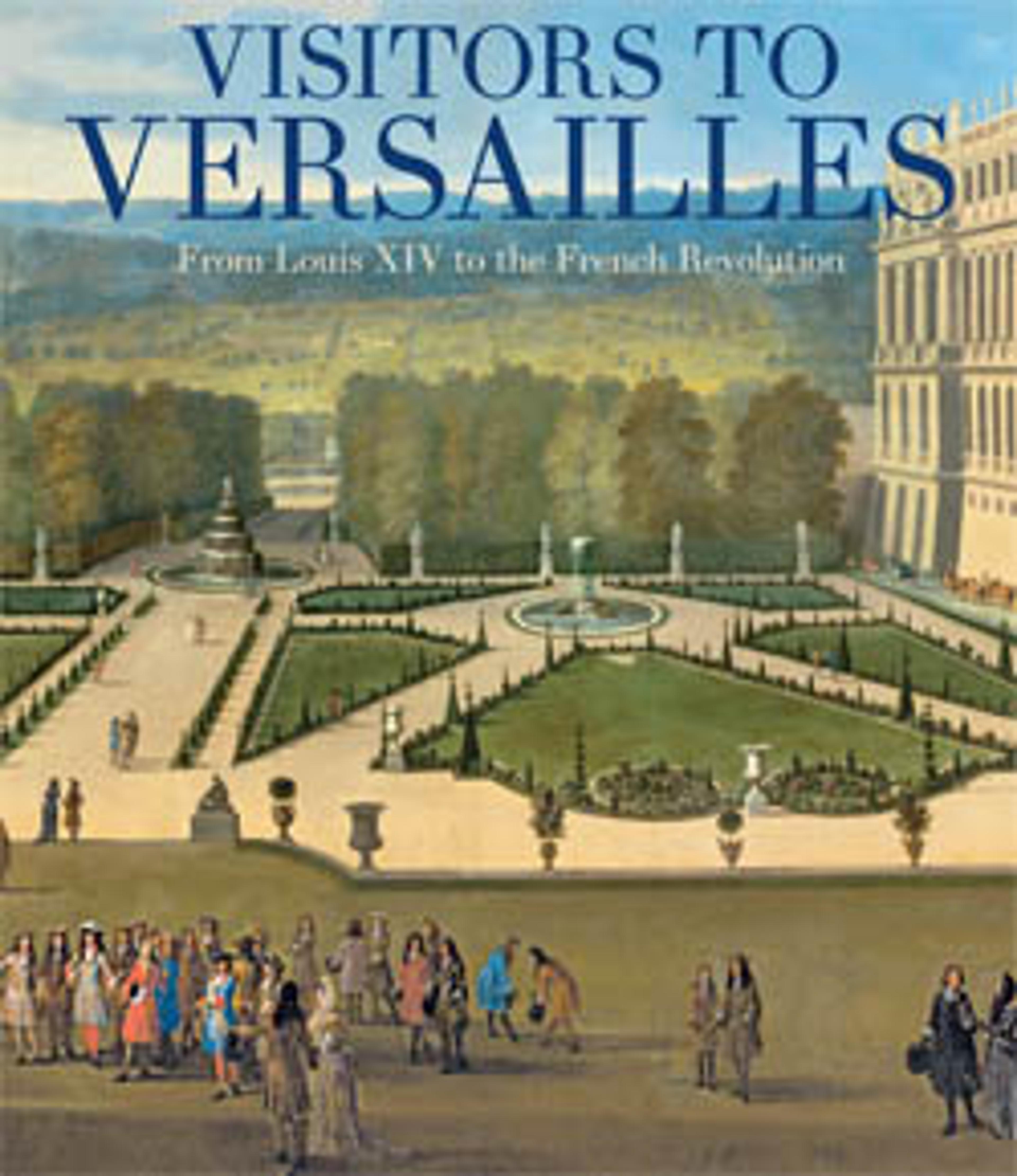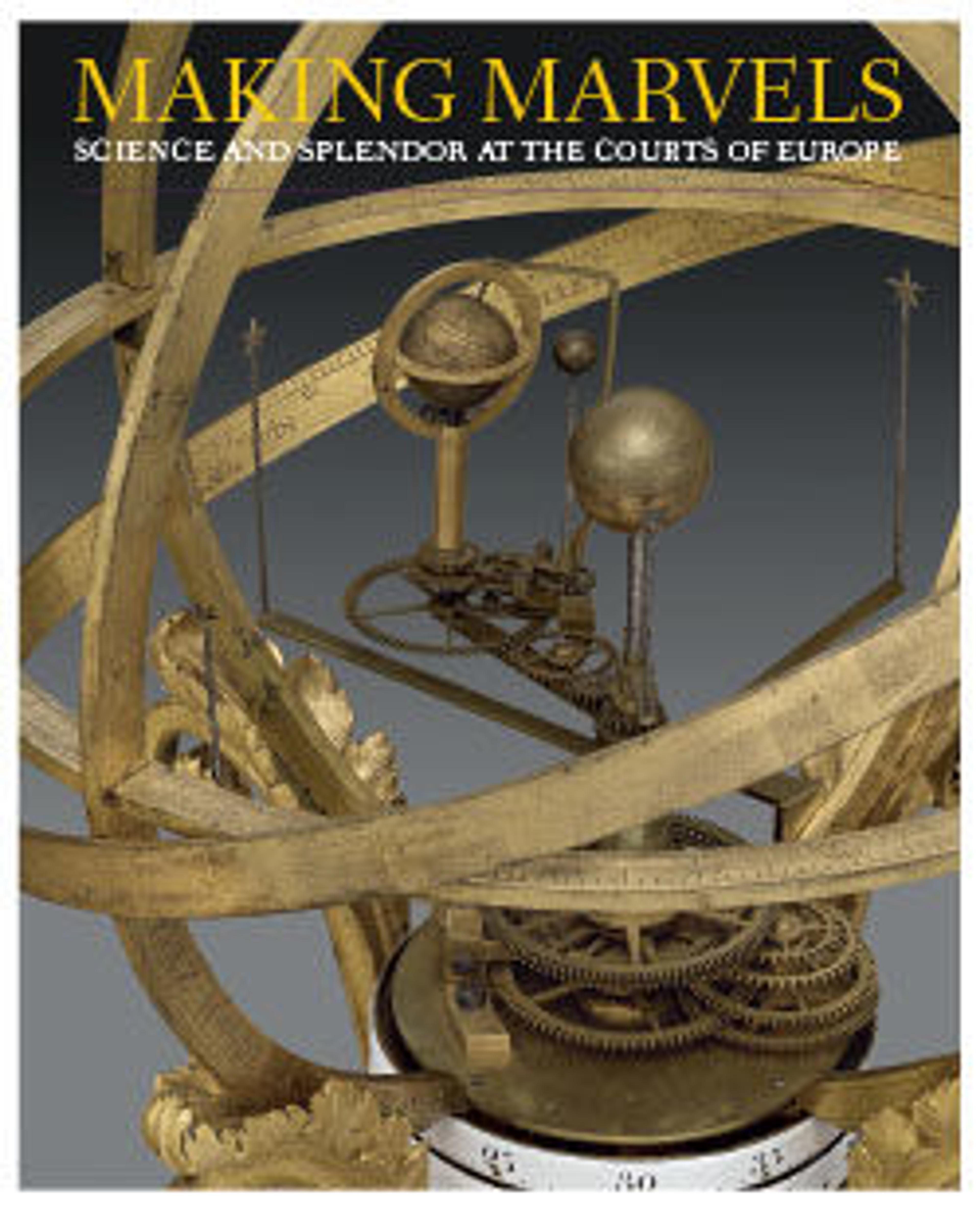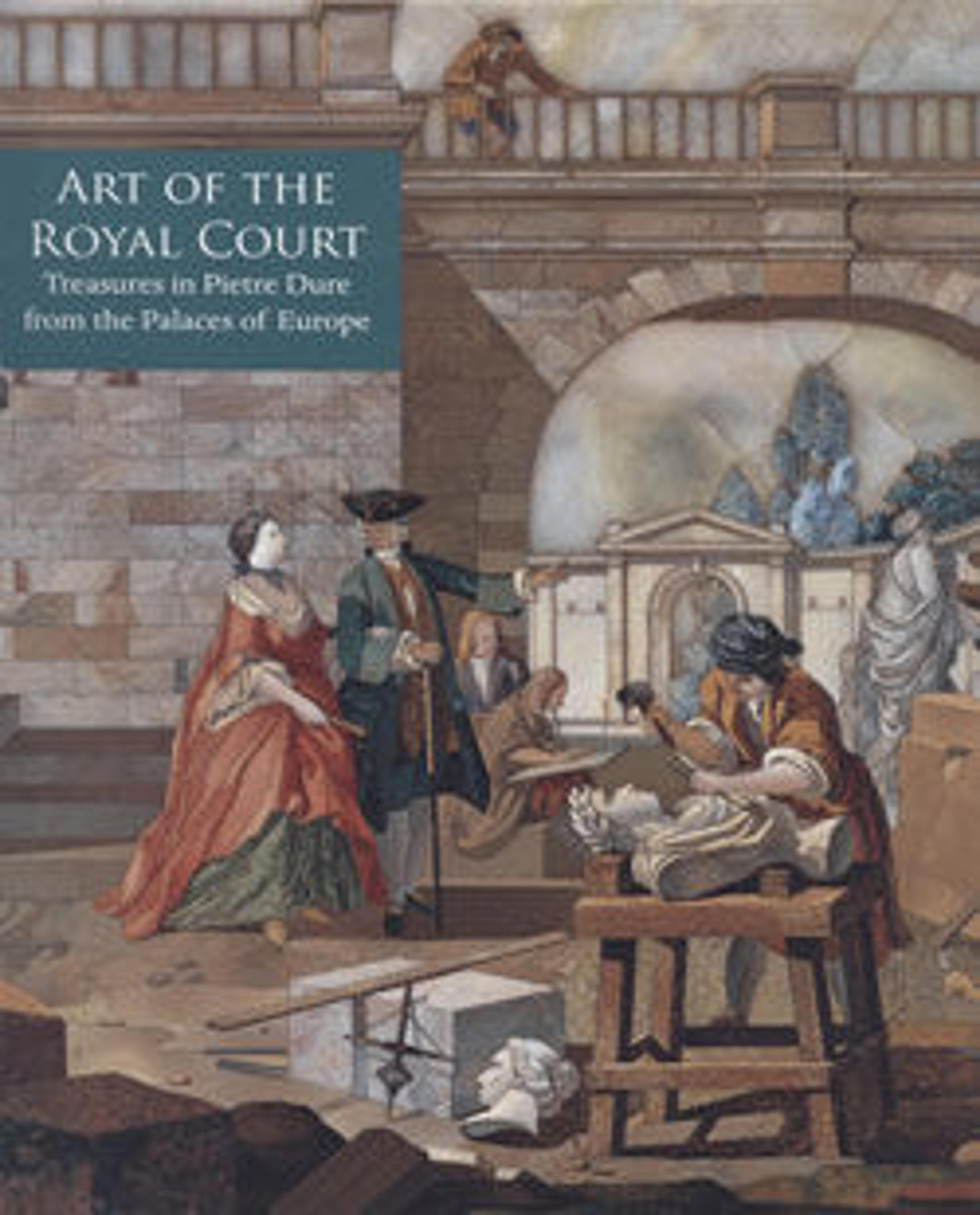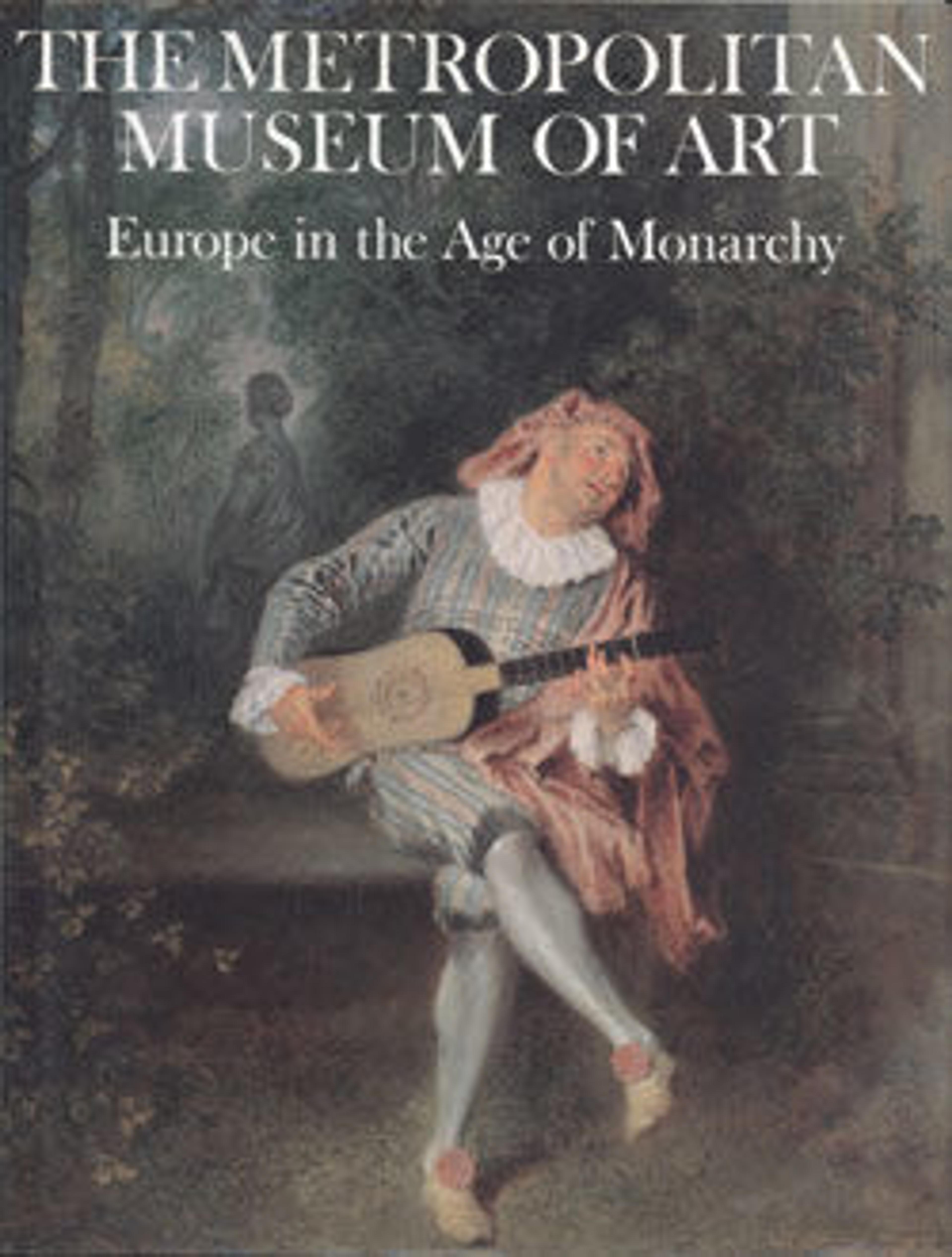
The Metropolitan Museum of Art. Vol. 6, Europe in the Age of Monarchy
The seventeenth century in Europe rings with the names of the great sovereigns who had succeeded in creating nations by subjugating the feudal aristocracy and at whose courts power and wealth were concentrated and the arts flourished.
Elizabeth I of England secured for her heirs the Protestant succession and for her country mastery of the seas; Louis XIV of France assembled his defeated vassals at Versailles; Gustavus II Adolphus and Christina of Sweden were for a time the most powerful Protestant monarchs on the Continent; Philip III and Philip IV of Spain ruled a vast empire in the New World and intrigued to maintain Habsburg power in the old; and Peter the Great of Russia consolidated the power of the House of Romanov and used it to push his country into the mainstream of European political, intellectual, and artistic life.
Challenges to national unification and the absolutist principle, of course, were frequently successful: Italy remained largely a group of city-states, though the papal court resembled in power and prestige those of the great monarchs. The Netherlands secured its freedom from Catholic Spain and established a Protestant republic; while Belgium remained Catholic and subject to Habsburg domination. Germany was merely a conglomeration of principalities and, like Italy, would achieve national unity only late in the nineteenth century. But despite these exceptions, the political complexion of Europe indeed changed irrevocably during the seventeenth century, and in the wake of the Protestant Reformation, the once universal Church was now asunder.
Europe in the Age of Monarchy reproduces over 125 works of art in every genre and medium from the collections of the Metropolitan Museum. They give a breathtaking picture of a turbulent and exciting epoch, which was at once the Age of Monarchy and a Golden Age of art. Just as its kings and queens are still exemplars of glorious majesty and shrewd statesmanship, so the artists of that century remain for us the Old Masters of European art: Caravaggio, Bernini, Tiepolo, Guardi; El Greco, Velázquez; Rubens, van Dyck; Hals, Rembrandt, Vermeer, van Ruisdael; de La Tour, Poussin, Claude, Watteau, Boucher, Chardin. In every medium, the clash and complicity of the traditional Classical style and the newer Baroque vision bequeathed us a rich treasure.
As befitted an age where splendor bespoke power, kings, courtiers, and burghers all demanded furnishings appropriate to their station. Thus workers in stucco, wood, and marble crafted rooms of splendid proportions and exquisite detail. Goldsmiths and porcelain designers produced objects that epitomize luxury. And in France, where the Sun King demanded unparalleled splendor, the weavers at Beauvais, the porcelain factories at Sèvres, and the royal cabinetmakers at Versailles developed the grand gout—a style forever associated with France in her "splendid century."
Met Art in Publication
You May Also Like
Press the down key to skip to the last item.
Citation
———, ed. 1987. Europe in the Age of Monarchy. New York: Metropolitan museum of art.

